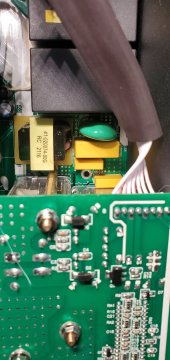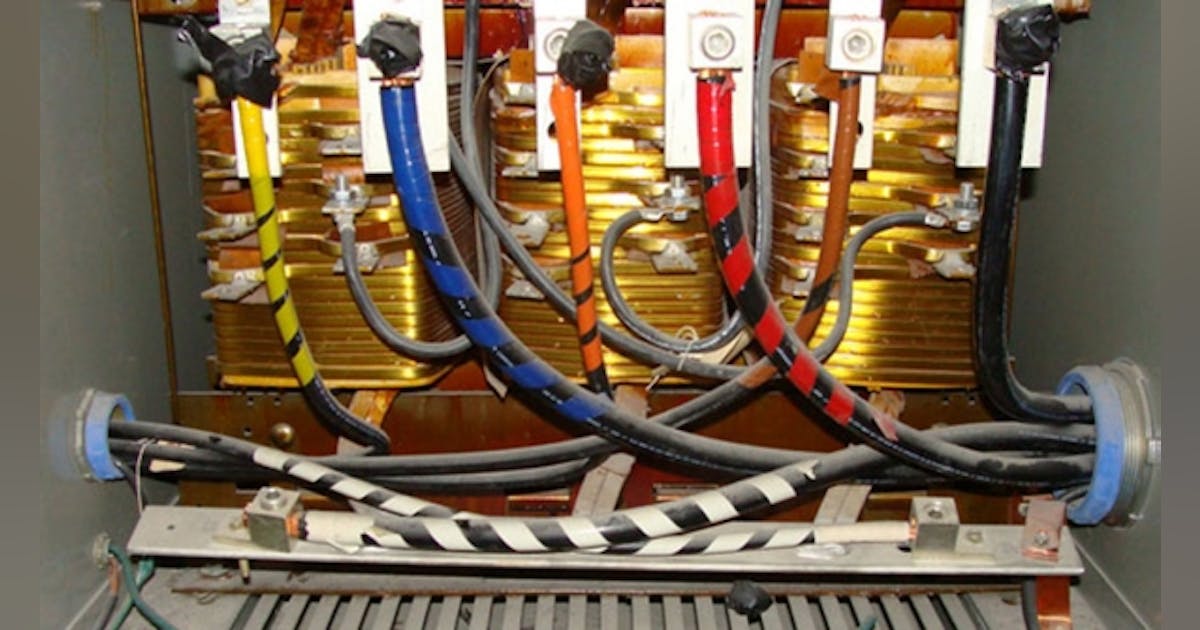raurre
Solar Enthusiast
Does anyone have a "clear" (non blurry) picture of where the bonding screw is located in the LV6548?
the only source I've found is a blurry pic of an email in a video.... I'm wiring my dual LV6548s as followsView attachment 99073
I have a system you will find helpful. https://diysolarforum.com/threads/m...epo4-battery-14-kw-pv-array.32343/post-486853Does anyone have a "clear" (non blurry) picture of where the bonding screw is located in the LV6548?
the only source I've found is a blurry pic of an email in a video.... I'm wiring my dual LV6548s as followsView attachment 99073





